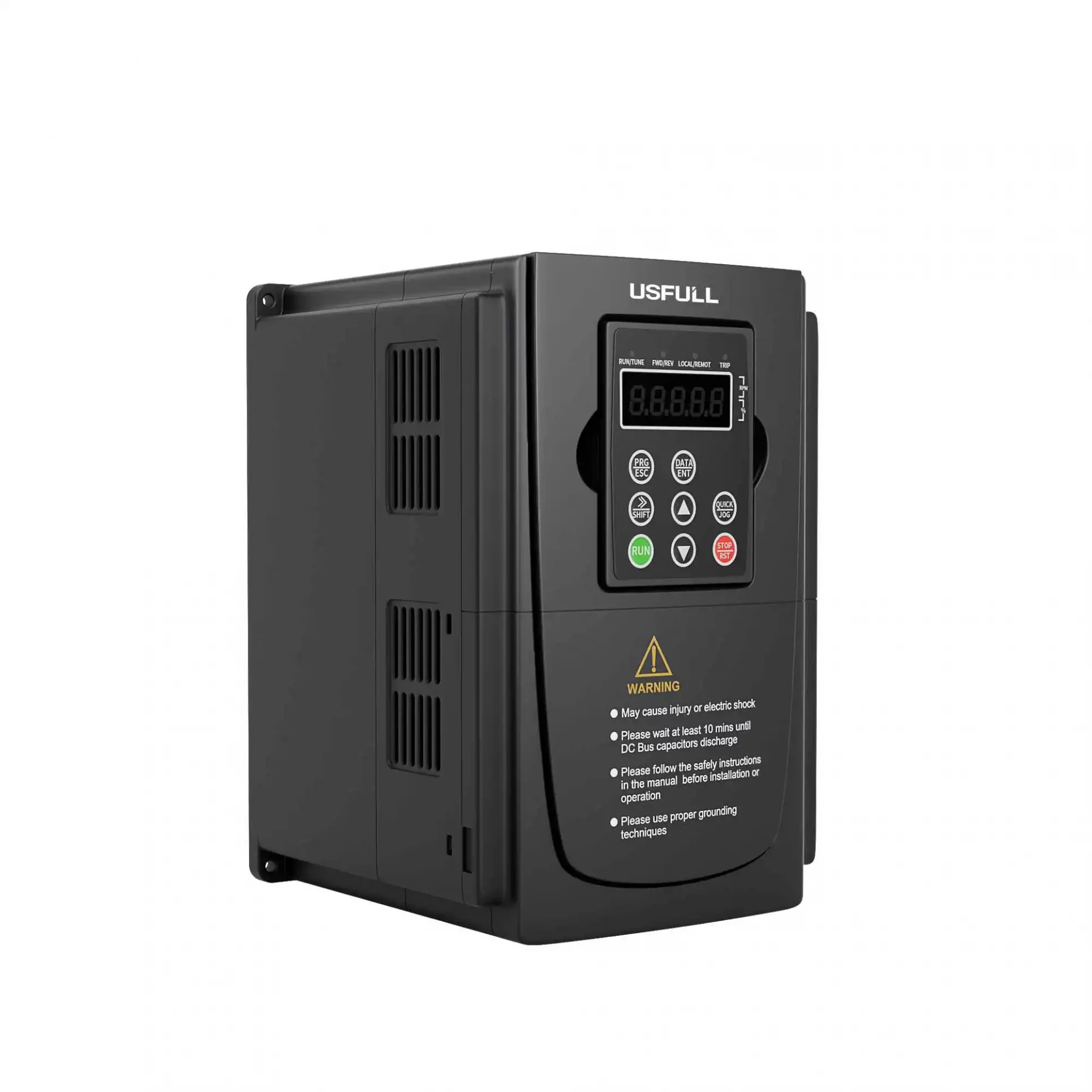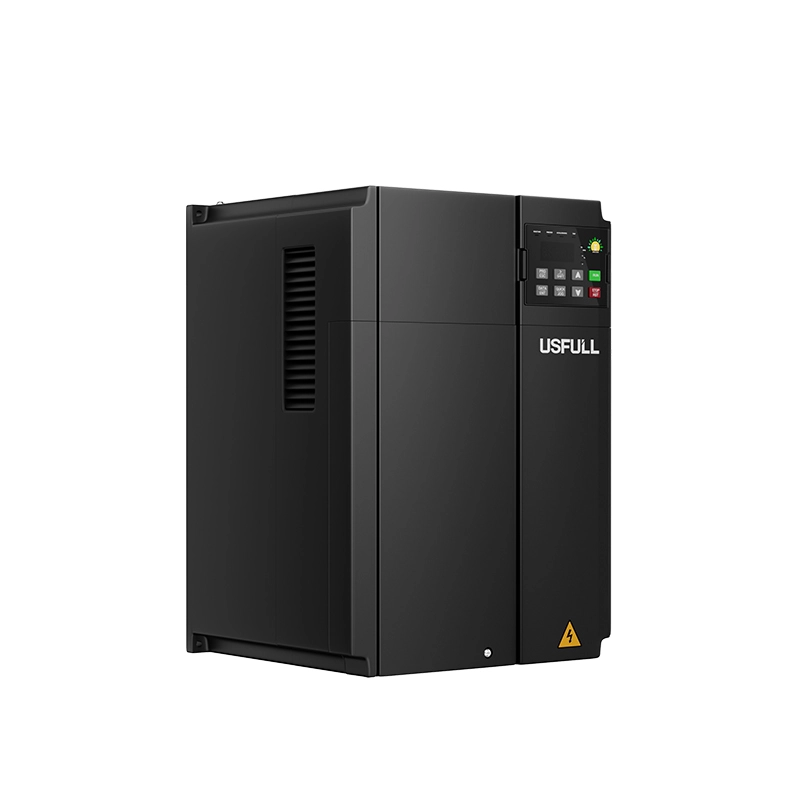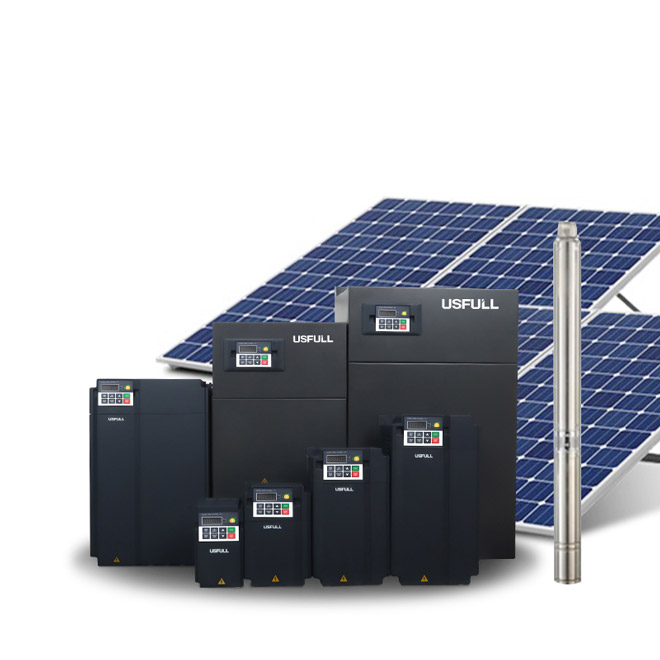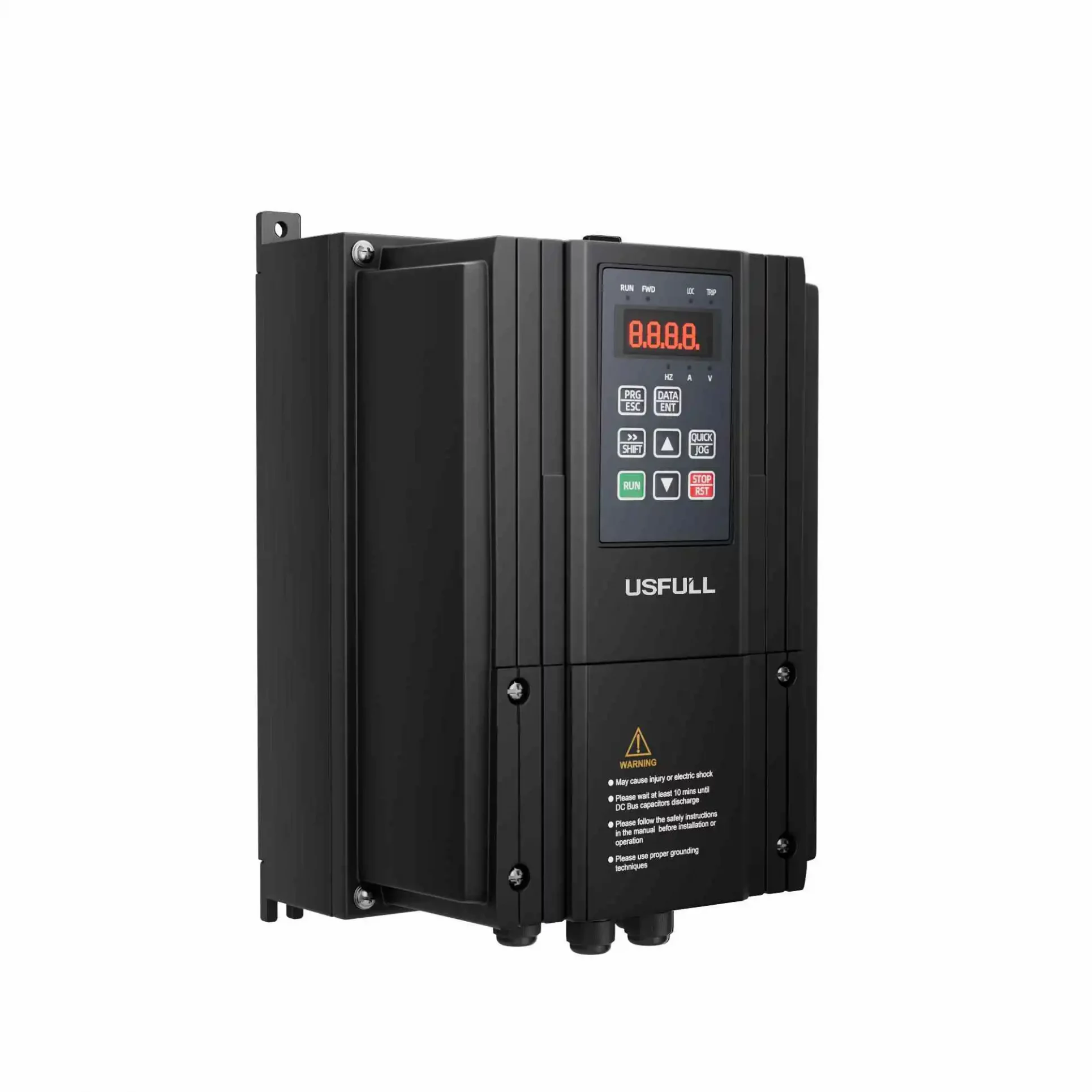Frequency Converter Troubleshooting
Frequency Converter Troubleshooting
The service department of a frequency converters manufacturer frequently sees the following scenario: A frustrated user calls with what he perceives to be a defective piece of equipment. As the technician begins probing for information, the user’s frustration boils over, often with an exclamation along the lines of “what a piece of junk!” As the service technician asks the pertinent questions, the exasperated user relays the details of a frequency converter that is continually tripping on a fault until the user is at the end of his rope, not knowing what to do.
Modern converters are a marvel of technology and can often be a bit intimidating to those unfamiliar with power electronics. With this in mind, let’s examine the factors that can contribute to incorrect performance of a frequency converter unit with the assumption that the frequency converter still turns the motor correctly.
When troubleshooting frequency converters, start with a thorough visual inspection; clean any dirt, dust and corrosion from the frequency converter; check all wiring connections for tightness; check line voltages and current coming into the frequency converter; and check the frequency converter output for voltage and current.
If we rule out internal problems with the frequency converter, what else can cause a frequency converter to run poorly?
Remember that a frequency converter is a sensitive electronic device. Unlike equipment that is run across the line, it is not designed to provide maximum power to the load until the motor or the system collapses. The frequency converter will respond to fluctuations in system conditions and eventually drop off on a fault indication, depending on what part of the system is malfunctioning.
So how does one go about diagnosing this type of frequency converter problem?
The best way to start looking for problems in the system is to take a system-wide approach. This sounds a bit simplistic, but let’s look at the approach. When diagnosing fault tripping in a frequency converter system, begin with the basic preventative maintenance overview. Laying out the steps of a good PM schedule is essential. These steps are as follows:
1. Check the system with a good visual inspection.
Look for running or dripping water, high humidity, excessive temperature extremes, excessive dirt or contaminant debris, and corrosive agents located near or under the equipment.
Here’s a good rule of thumb: If you would not place a television near the frequency converter because of the physical environment, then the frequency converter may have problems. If the frequency converter does not have a sealed enclosure to handle rough environmental conditions, care must be taken to protect the frequency converter assembly.
2. Clean the frequency converter of dirt, dust and corrosion.
Depending on the environment, there may be significant problems with contaminants. The frequency converter should be relatively clean. Do not allow significant amounts of dirt to build up on the heatsink of the frequency converter. This may prevent sufficient cooling of the frequency converter semiconductors and may damage cooling fans and cause over-temperature problems.
3. Check all wiring connections for tightness.
Loose connections in the wiring of the frequency converter to the incoming power and to the motor are a major cause of frequency converter failure. As the frequency converter performs day in and day out, the constant cycle of increasing in temperature and subsequent cooling can cause the connections to loosen over time.
Depending on the manufacturer of the unit, the wire used may be highly stranded for flexibility. This type of wire may be difficult to keep tight. Loose connections can contribute to overcurrent trips, destroy IGBTs, cause input rectifiers to fail, and burn terminals on contactors and switches.
4. Check the line voltages and currents coming into the frequency converter.
These voltages should be balanced within five percent. Unbalanced line voltage can cause significant problems. Check the current coming into the input of the frequency converter next.
Current levels can differ a bit more from phase to phase without causing too much concern, but there is the possibility of finding one line completely dead. Remember, most frequency converters today can still run the motor with one phase of the incoming power missing.
5. Check the frequency converter output for voltage and current.
The frequency converter produces the waveform going to the motor. On most frequency converters, the voltage from the inverter section should be balanced within a couple of volts and the current should be balanced, as well. Large variations cause the motor to shake violently and can cause motor problems.
These are the basic first steps to determining the problem with any given frequency converter. This process should be done on a periodic basis. If these procedures are followed, most problems can be eliminated and the frequency converter should deliver trouble-free service for many years.
Modern frequency converters are amazingly reliable. With advances in semiconductor technology and increased buss capacitor performance, many of the problems that previously plagued frequency converter manufacturers are all but gone. All of the major frequency converter manufacturers build a relatively sturdy and reliable frequency converter. Minimum internal failures ever occur. Problems outside of the frequency converter now contribute to a large number of frequency converter failures and are a major cause of nuisance tripping.




